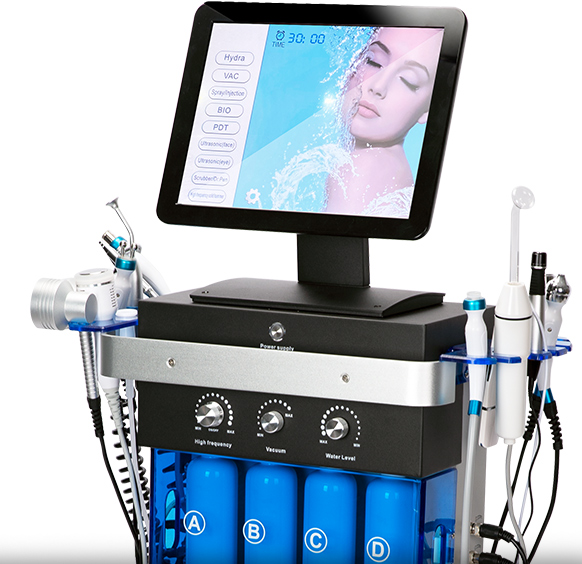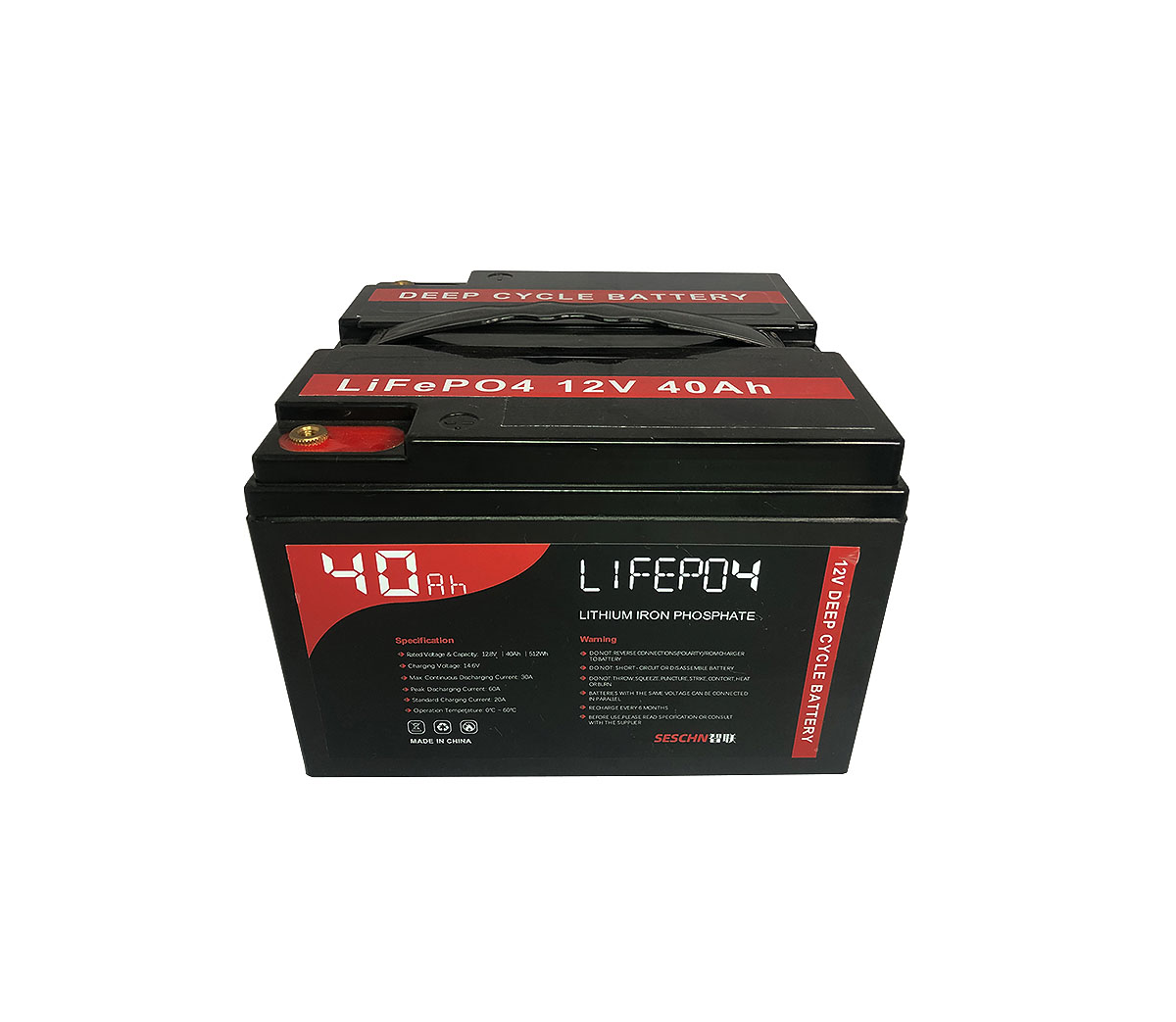Will lithium titanate batteries become a new force in new energy vehicle
battery technology?
Proponents of lithium titanate batteries say that no power battery is
perfect. The word "mainstream" is just a hat held by the times. It is not a
criterion for judging the quality of a company. The market is the "touchstone".
"You might as well give the new technology some time and respect. Using facts to
speak is the criterion for testing things right and wrong.
So, what exactly is the controversial lithium titanate battery?
Know about lithium titanate battery
According to the interpretation of relevant experts, lithium titanate
itself cannot provide a lithium source, so it can only be used with electrode
materials containing lithium. When lithium titanate is used as the positive
electrode, the negative electrode can only be metal lithium or lithium alloy,
and the voltage of the battery is about 1.5V at this time. Lithium titanate as a
negative electrode and LiCoO2, LiMn2O4 and other positive electrode materials
can form a battery with a voltage of about 3V.
Although lithium titanate can be used as both a negative electrode and a
positive electrode, since the potential relative to Li+/Li is 1.5V, there is not
much research and application as a positive electrode material. Therefore, the
lithium titanate battery we usually refer to generally refers to the power
lithium or energy storage battery with lithium titanate as the negative
electrode.
What are the advantages of lithium titanate batteries
As a power battery, consumers are most concerned about the five key
indicators of safety and stability, cycle life, wide temperature resistance,
charging speed and energy density. Under current technical conditions, only
batteries with balanced performance indicators can adapt to a wider operating
environment, and while ensuring user safety, reduce use costs and improve use
efficiency, thus becoming the mainstream of the market. Compared with
traditional lithium manganate batteries and lithium iron phosphate batteries,
lithium titanate batteries have obvious advantages in these aspects.
1. Good safety and stability.
Once the traditional carbon electrode is overcharged after lithium
insertion, metallic lithium is easily precipitated on the surface of the
electrode, which will react with the electrolyte to produce flammable gas, which
brings safety hazards. The potential of lithium titanate is higher than that of
pure metal lithium, and it is not easy to produce lithium crystal branches, and
the discharge voltage is stable, and therefore, the safety performance of the
lithium battery is improved. A third-party organization once tested lithium
titanate batteries and found that they did not emit smoke, fire, or explode
under rigorous tests such as acupuncture, squeeze, and short circuit, and their
safety was much higher than other lithium batteries. Therefore, many people in
the industry believe that lithium titanate is very suitable for use in military
and other fields that require extremely high battery stability.
The safety and stability of electric vehicles are the most important
indicators for consumers. No matter how far the cruising range is, if the safety
problem cannot be solved, the consumer is only driving a car with an untimely
bomb, and the super-safe performance of the lithium titanate battery It will
undoubtedly be favored by consumers.
2. Excellent fast charging performance.
Compared with carbon anode materials, lithium titanate has a higher lithium
ion diffusion coefficient and can be charged and discharged at a high rate.
While greatly shortening the charging time, the impact on the cycle life is
small, and the thermal stability is also strong. According to the test, the
lithium titanate battery developed by the latest technology can be fully charged
in about ten minutes, which is a qualitative leap from traditional
batteries.
Too long charging time has always been an obstacle that is difficult to
overcome in the development of electric vehicles. Generally, slow-charging pure
electric buses are used, and the charging time is at least 4 hours, and the
charging time of many pure electric passenger cars is as long as 8 hours. Fast
charging of electric vehicles is the future trend, and consumers do not want to
waste too much time waiting for charging.
3. Long cycle life.
The battery cycle life determines the cost-effectiveness of the entire new
energy vehicle, which is the main point of competition for future new energy
vehicles after they are separated from the subsidy policy. The extension of the
cycle life of car batteries makes it affordable and affordable for
consumers.
Other traditional lithium-ion batteries, such as lithium iron phosphate
batteries, will experience significant capacity degradation and shortened
lifespan during use, which not only affects the normal use of users, but also
increases the cost of battery replacement. This poor user experience is likely
to discourage consumers from electric vehicles, which is not conducive to the
sustainable development of the new energy vehicle industry. Lithium titanate
batteries solve these problems well.
When charging and discharging lithium titanate batteries, the intercalation
and deintercalation of lithium ions will not cause changes in the crystal
structure of lithium titanate, so it has almost no effect on the structure of
lithium titanate materials. Because of this, lithium titanate is also called
"zero strain material". Compared with the current lithium iron phosphate battery
with "slow charge for up to 5 years and fast charge for up to 2 years", the
advantages of lithium titanate batteries are very prominent. According to the
test data, the average cycle life of ordinary batteries is 3000 times, while the
full charge and discharge cycles of lithium titanate batteries can reach more
than 30,000 times. After 10 years of use as power batteries, they may be reused
as energy storage batteries. 20 years. This also means that the lithium titanate
battery can achieve the same life cycle as the vehicle, and the user does not
need to replace the battery in actual use, and it hardly increases the
subsequent cost.
4. Good performance in wide temperature resistance.
The spinel structure of the lithium titanate battery has a
three-dimensional lithium ion diffusion channel, so the lithium titanate battery
has excellent performance in high and low temperature performance. Generally,
electric vehicles will have problems when charging and discharging at minus
10°C. Lithium titanate batteries have good wide temperature resistance and
strong durability. They can be charged and discharged normally at minus 50°C to
minus 60°C, regardless of whether they are frozen in ice. In the north, or in
the hot south, the vehicles will not be affected by battery "shock", which
eliminates the worries of users.
These advantages of lithium titanate batteries can greatly save charging
station site construction and staffing costs, and are more suitable for
promotion and application in the field of public transportation, and the public
transportation system is the "main battlefield" for the promotion and
application of new energy buses in my country. Feedback from the bus market,
which currently has the highest proportion of new energy vehicles in the
promotion and application of new energy vehicles, shows that the fast charging
method is more suitable for the actual needs of the current bus market. A bus
company in Handan, Hebei Province has been operating new energy buses using
lithium titanate batteries for more than two years. The experience of the
relevant person in charge is: "A car can be fully charged in 6-10 minutes, and
the driver can take a break from shift. The gap can be filled."
Lithium titanate battery's "impact in the ointment"
Lithium titanate battery has obvious advantages, and its shortcomings are
also obvious, such as relatively low energy density and weak endurance. After
testing, the gram capacity of lithium titanate is 160-170mAh/g, which is only
half of the traditional graphite anode material, and the potential for lithium
is 1.5V, which will greatly lose energy density.
The charge and discharge of lithium batteries are completed by the
migration of lithium ions back and forth. Lithium batteries of different battery
systems consume the same lithium element per ampere hour. Therefore, the higher
the energy density of the battery system, the higher the utilization rate of
lithium elements, while lithium titanate batteries The energy density of lithium
iron phosphate batteries is less than half of that of lithium iron phosphate
batteries, and the utilization rate of lithium elements is less than half of
that of lithium iron phosphate batteries. This not only causes a serious waste
of lithium resources, but also leads to high material costs for lithium titanate
batteries. In addition, the cost of titanium is relatively high, and problems
such as the lithium titanate process also need to be solved urgently. At
present, the cost of ternary-lithium titanate batteries is about two to three
times that of ternary-graphite batteries. The high cost limits the amount of
lithium titanate batteries used when loading vehicles. This is an objective
shortcoming of the technical route.


































